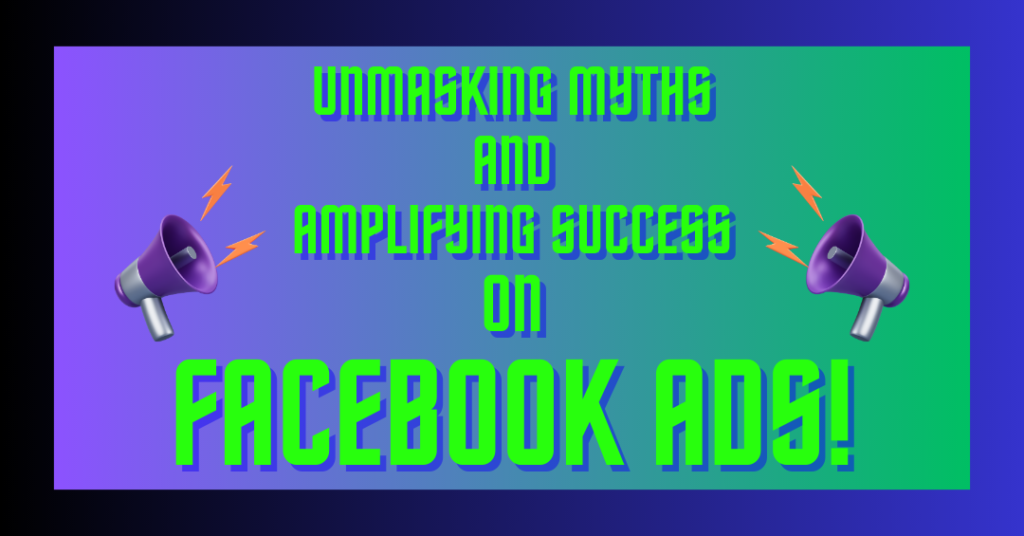Hey there,
Welcome to the 10th edition of Baweja Buzz! In this issue, we aim to challenge commonly held beliefs about Facebook ads and illuminate an extraordinarily simple but often overlooked hack to maximize the longevity and effectiveness of your ad creatives.
🔥 Debunking Facebook Ad Myths: Ad Fatigue
Before revealing the secret sauce, let’s dismantle a prevalent myth in the world of Facebook ads: Ad Fatigue. Many Facebook ad ‘experts’ pin blame on this supposed phenomenon when their ad performances go south, leaving you scratching your head in confusion. They’ll throw around terms like “audience overlap” and “learning limited,” but here’s the real scoop: unless your target audience is just in the thousands or your budget is hitting millions per day, ad fatigue is largely a myth.
So what’s really happening when your ad performance takes a nosedive? As a campaign matures, its learning can sometimes degrade, leading to poor performance. It’s not about finding more people to resonate with your ad and convert. Instead, it just struggles to find any converting audience and there is no logical explanation for it.
✨ The Winning Strategy: Using Occam’s Razor & Lindy’s Effect
Two concepts will guide us here:
1. Occam’s Razor: The idea that the simplest solution is most often the best one.
2. Lindy’s Effect: The concept that what has been working will likely continue to work for a significant period of time.
Based on these principles, here’s a three-step strategy to rescue a dwindling campaign:
1. Investigation:
First, identify if you’ve made any alterations to your campaign before it began underperforming. Let’s visualize this with an example. ave, revert the changes. Remember Occam’s Razor here: the simplest solution may often be the best one. The changes you’ve made might be the culprits.
2. Wait:
Allow the ad to recalibrate. If you’ve reverted changes during peak hours, give it around 4 hours. If it’s off-peak, give it 7 hours. Be patient; don’t rush.
3. Reset:
If the performance doesn’t improve, hit the reset button. No, we don’t mean deleting the campaign and starting from scratch. What we mean is to duplicate the exact campaign (same settings) and hit publish on the new one while pausing the old one.
🎯 Example: The Immortal Ad Creative
Let’s say you’ve found a winning creative, one that resonates with your audience and has been doing a fantastic job for a week. It’s hitting all the right numbers: CPM, CTR, CPC, and ROAS are all impressive. Then, suddenly, it tanks.
Following the strategy outlined, you revert any changes you made (if any), wait for a few hours, and see no improvement. So, you reset. Duplicate the campaign with the same settings, publish the new one, and pause the old one. (I am assuming you are spending a significant amount and getting 8,000 impressions in just 2 hours on an ad)
Sounds too simple to work? Trust me, it does! I’ve employed this strategy countless times, with a success rate of 95%. This is how I manage to extend the life of my winning creatives. One customer testimonial video has been serving me well for two years!
Final Thoughts
Remember, once a winning ad, always a winning ad. Lindy’s effect emphasizes that what works for a week should work for the next six months, given minor tweaks as required. Don’t let poor results make you scrap a potentially winning creative prematurely.
I invite you to test this strategy and share how long you’ve managed to keep an ad active using this method. Till our next rendezvous, keep buzzing, keep winning!
